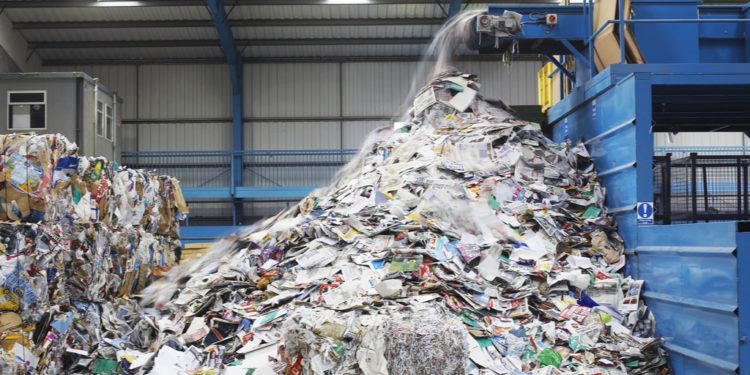The conditions at the 30-acre landfill in Dandora are appalling. Moreover, as Kenya seeks novel ways of generating electricity, utilizing this Municipal Solid Waste to generate power may be a solution that also deals with the giant piles of trash in landfills. Waste-to-Energy reduces the volume of landfill waste by about 87%.
Combustion is the most common method of converting trash to energy. Trash is burned in a controlled way and the heat is used to boil water, which creates steam which is used to turn turbines which generate electricity.
Emissions from the combustion of waste-to-energy can be carefully managed to prevent a decline in atmospheric conditions.
Read: Should Matatus Shift To E-Buses?
Methane produced by the decomposition of the bio-degradable (e.g. food) part of Municipal Solid Waste in landfills has twice the global warming potential than the CO2 produced by combustion.
Waste-to-Energy (WtE) also has a very low cost of inputs. As trash is free and in some cases we pay to get rid of it, WtE plants would lead to low power prices as trash collection fees could subsidize production costs.
An article in Sharp Daily yesterday indicated that the positive externalities associated with e-mobility justify tax incentives. The same applies to WtE as reduction in landfill volume and power production costs are significant social benefits.
The President has already discussed waste-to-energy initiatives and, as such, we should wait and see if this double solution will be implemented.
Email your news TIPS to editor@thesharpdaily.com

















